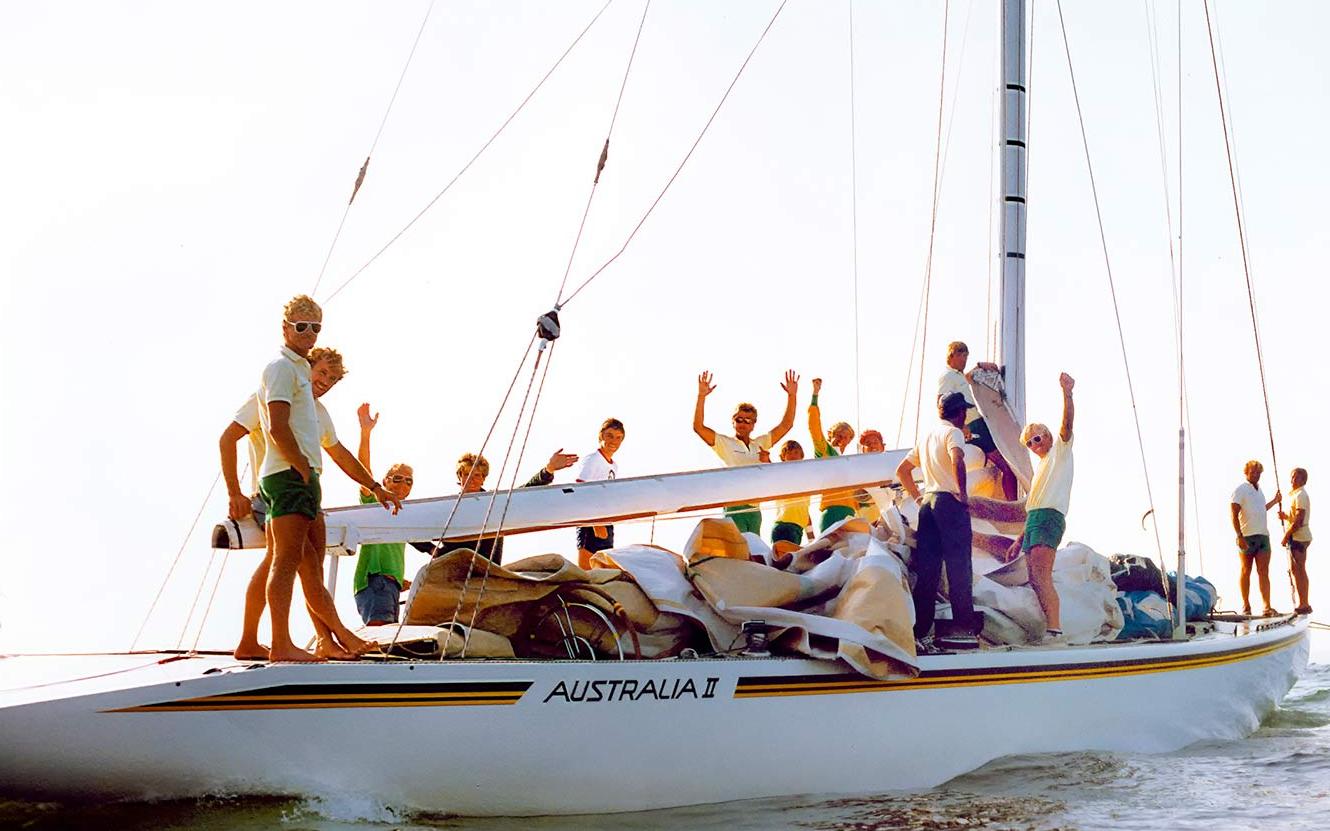Learning module:
Popular culture Defining Moments, 1945–present
Investigation 1: The impact of television on Australian popular culture
1.1 Television introduced to Australia

In 1956 television started broadcasting in Australia.
It was originally broadcast in black and white only, and on a small number of channels.
The size of the screen was usually 17 inches diagonally, or 43 centimetres. (Measure that out on a modern TV screen to see the difference!)
Read the information in the Defining Moments in Australian history: 1956 Television introduced in time for Australia’s first Olympic Games, Melbourne. Use that information to answer these questions. You may need to do some further research to answer some of the questions.
1. When had television first been introduced in the world?
2. When was it first introduced in Australia?
3. When was it first introduced into each state/territory?
4. How did the Olympic Games act as a stimulus for the introduction of television? Does this brief film footage of the premiere of ‘Rendezvous in Melbourne’, a celebration of 1956 Melbourne Olympics, support your view? How?
5. How did the public react to the introduction of television? Has this changed over time? Explain your answer.
6. Originally, most people did not have a television set. How did people gain access to them?
7. What social impacts did television have on families?
8. What economic impacts, both positive and negative, did it have?
9. Television depended on programs. Programs could be produced locally, or imported from overseas. What social impacts do you think both local and overseas programs would have on people’s shared experiences and culture?
10. What does this event help you understand about developments in Australian popular culture after 1945?
11. Why was this Defining Moment so significant in Australian history?
12. If you were advising the National Museum of Australia on an object that it could display to tell the story of this event, what would you suggest? (You can see what objects they actually have using the National Museum of Australia collections search)
Look back at the Key questions. Which of these questions do you think you can now answer fully? Which need more research?







